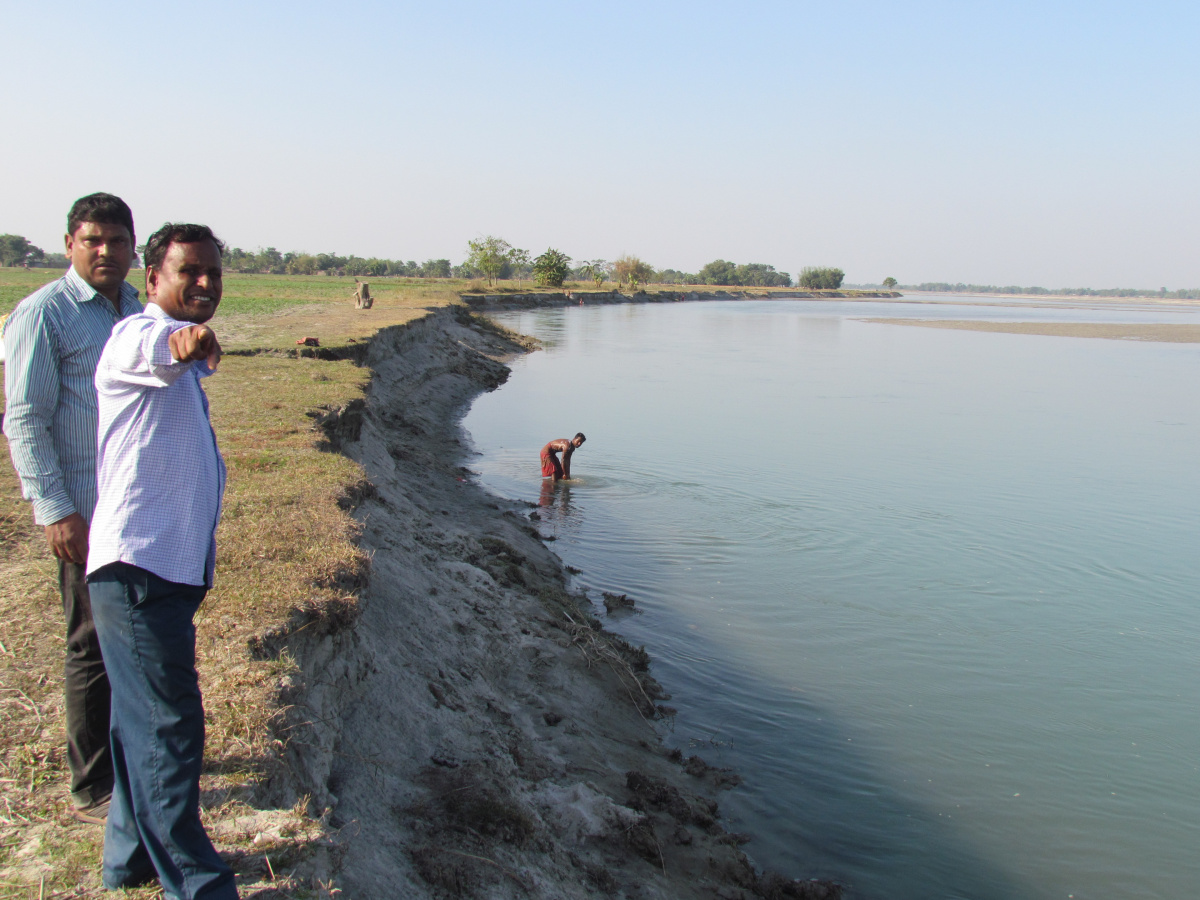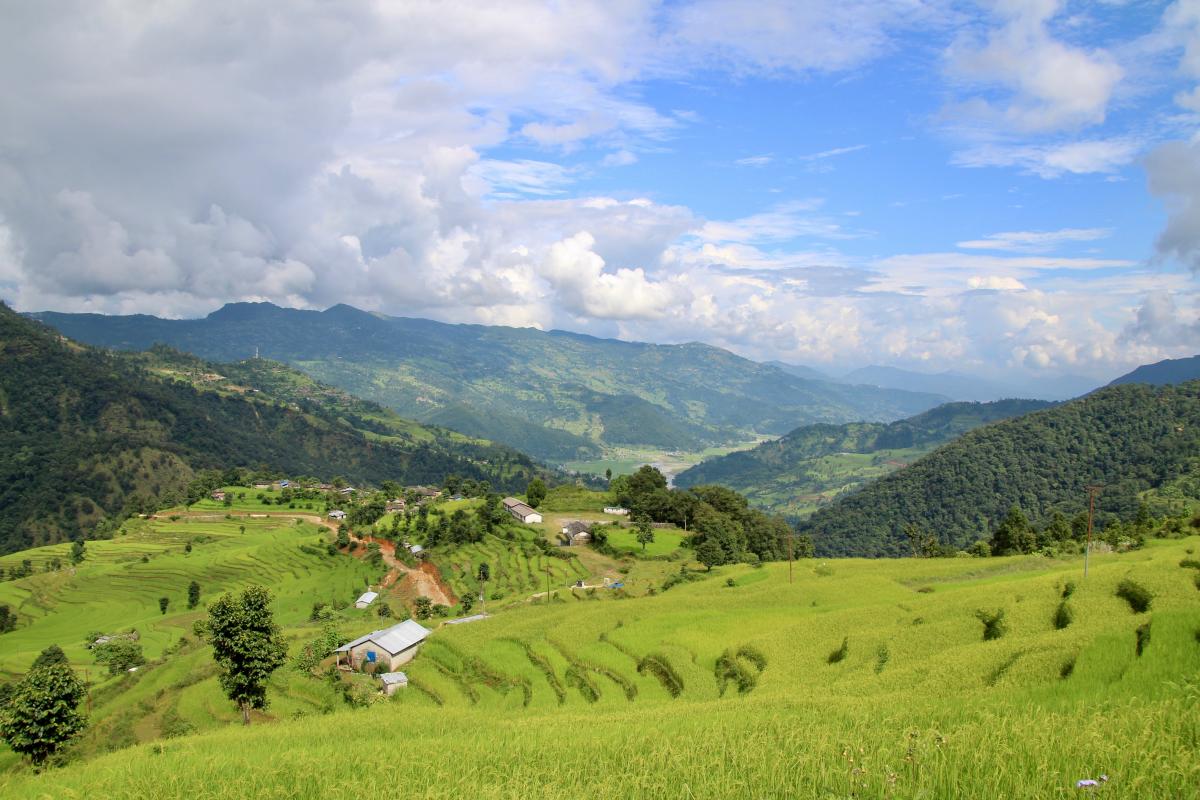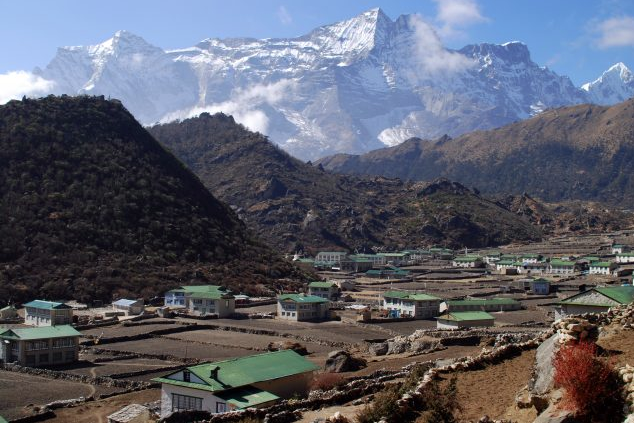Media and CSOs: Collaboration for the future of Ganges-Brahmaputra-Meghna river basins
Conservation and governance practitioners are often so focussed on implementing their projects that they sometimes forget about the importance of integrating strategic communications into their projects to help them achieve their goals. To reinforce this point, IUCN Asia and the BRIDGE Ganges-Brahmaputra-Meghna (GBM) programme organised a learning exchange event on media engagement in Kathmandu, Nepal, on 29 June.
The event was conducted as part of a three-day BRIDGE GBM Civil Society Organisations (CSO) Network Workshop that aimed to provide a platform for GBM CSO Network Members to initiate a dialogue on the application of Nature Based Solutions (NBS) in river basin management; to adopt the governance mechanisms for the Network; and to learn how to leverage the media for improving the influence of CSOs on shared water governance decision- making processes.
Facilitated by Ann Moey, IUCN Asia’s Head of Communications, the learning exchange event gave participants the opportunity to learn how to utilise the media effectively to raise the profile of the network as well as to share key messages related to the network’s work. The session also provided a space for media personnel from the region to learn about the BRIDGE GBM CSO network and its goals, as well as key issues and solutions related to transboundary river management in the region.
“These learning and exchange events are an excellent opportunity to create synergies and foster collaboration between key water governance stakeholders, including the media and civil society organisations,” said Ann. “The media has a big role to play in raising awareness on environmental issues, and has the power to influence policy makers.”
Following Ann’s overview on media engagement, Jayanta Basu, an environment and climate correspondent from The Telegraph, presented a case study on the Sundarbans, showcasing how media support can shape transboundary water governance.
Jayanta gave the example of how the media raised awareness on the transboundary nature of the environmental issues in the Sundarbans. This influenced policymakers to take action on environmental issues in the Sundarbans, leading to a memorandum of understanding between Bangladesh and India.
To share best practices related to developing and disseminating key messages and enhancing the visibility of the BRIDGE GBM CSO Network’s activities, media representatives from five different countries held a panel discussion.
“Engaging the media would help to reduce mistrust between countries as well as help connect upstream and downstream communities,” said panelist Ramesh Bhushal, South Asia Content Coordinator for Internews' Earth Journalism Network. “As transboundary water governance is a complex issue to deal with, better engagement of media would help to simplify issues and better inform decision makers as well as local communities."
According to the panel, CSOs often make the mistake of simply reporting data and results to the media. The panel recommended that CSOs frame their pitches as human interest stories, making them compelling to a general audience. CSOs argued that the media also seems to have little interest in reporting environmental issues, though the panel pointed out that topics such as climate change and climate change refugees, endangered species, and marine plastic pollution are hot-button issues. The panel explained that this was because the general public can relate to these issues as they are affected by them in some way.
The workshop also gave participants the opportunity to apply what they had learned by developing key messages related to the BRIDGE GBM CSO network and nature-based solutions, for the media. Media representatives gave feedback on the key messages, including tips on how those messages could be improved upon.
In the final session of the day, participants practiced what they had learned by holding a mock press conference, in which key messages were being delivered to the media.
Again, this was an interactive session, with media representatives intentionally asking difficult questions to give participants the experience of a real press conference.
“The media engagement component of this workshop was very relevant and insightful as it emphasised the importance of meaningful engagement with the media,” said Dr Veena Vidyadharan, Fellow & Centre Head of the CUTS Centre for International Trade, Economics & Environment.
At the end of the workshop, CSOs and media representatives both agreed that issues of transboundary governance could use more exposure, and that solutions to this could include CSO-journalist joint platforms, and CSO initiatives to bring journalists to the field.
The BRIDGE (Building River Dialogue and Governance) project is facilitated by the International Union for Conservation of Nature (IUCN) and aims to enhance cooperation among riparian countries by applying water diplomacy at multiple levels. It operates in more than 15 transboundary river basins across Asia, Africa, Mesoamerica and South America. In Asia, the programme operates in the Mekong Basin and the Ganges-Brahmaputra-Meghna (GBM) basin, with funding in the GBM by Oxfam, Novib, and The Asia Foundation (TAF).
A regional network of more than 25 civil society organisations from five GBM countries developed a common Vision "for connecting the people of the GBM river basin." Launched in 2016, and now in phase 2, BRIDGE GBM is working to develop closer engagement with government and academic sectors by supporting multi-stakeholder dialogue and research to build consensus and common understanding for cooperative governance of the GBM basin.






